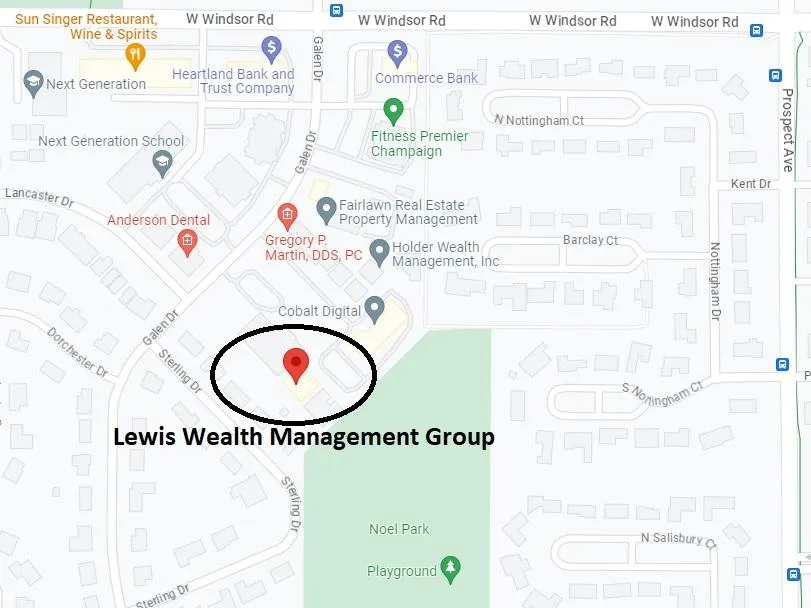
How to make your Retirement Savings Count
Turning $1 Million into $85,000 a Year in Retirement: The Power of Tax-Savvy Financial Planning
As a financial advisor and an accountant, I've seen countless retirees fixate on reaching that magical savings number: $1 million. While achieving such a milestone is commendable, the more intricate challenge often lies in converting that nest egg into a sustainable yearly income. So, let's tackle the oft-ignored question: How do you turn $1 million into $85,000 of annual retirement income through smart financial and tax planning?
1. Know Your Income Sources
Before diving deep into your savings, take stock of all reoccurring income sources. This may include:
Social Security: Depending on your work history and when you decide to take benefits, this can offer a sizeable monthly check.
Pensions: While not as common as they once were, if you or your spouse has a pension, it's an essential piece of your income puzzle.
Rental Income: If you own rental property, the monthly checks can form a significant part of your annual income.
Let's imagine your combined monthly income from these sources totals $2,500, which translates to $30,000 annually. This leaves a $55,000 gap that needs to be filled with withdrawals from your $1 million savings.
2. Embrace a Sustainable Withdrawal Rate
Historically, the rule of thumb for retirement withdrawals has been 4%. It suggests that if you withdraw 4% of your nest egg in the first year of retirement and then adjust for inflation each year, your savings should last 30 years. However, given market uncertainties and longer life expectancies, some experts recommend a more conservative 3.5% rate.
For our scenario, even a 4% withdrawal from $1 million would only yield $40,000, which combined with our other income, would total $70,000—still short of our $85,000 goal.
3. The Power of Tax Planning
This is where tax-savvy strategies come into play. If you can reduce the amount of tax you owe on your retirement income, you can stretch your savings further. Consider the following:
Tax Diversification: Ideally, your savings should be spread across tax-free (Roth IRA), tax-deferred (Traditional IRA, 401k), and taxable accounts. This allows you flexibility in deciding where to pull funds from, based on the tax situation each year.
Consider Roth Conversions: Converting tax-deferred accounts to Roth accounts can be beneficial. While you'll pay taxes upon conversion, future withdrawals in retirement will be tax-free.
Strategic Withdrawals: Given the tiered nature of tax brackets, it might be wise to pull just enough from taxable accounts to stay within a lower tax bracket and supplement with tax-free withdrawals from a Roth.
4. Optimizing Investments for Income
Besides tax strategies, it's essential to optimize your investments for income generation. This doesn't mean sacrificing growth but balancing your portfolio to include income-generating assets like:
Dividend Stocks: Stocks that pay dividends can provide a consistent income stream.
Bonds: Especially short to intermediate-term bonds, can provide regular interest payments.
Real Estate Investment Trusts (REITs): These trusts invest in real estate and often provide attractive dividend yields.
5. Staying Flexible and Re-evaluating
Markets change, tax laws evolve, and personal circumstances shift. It's essential to remain flexible in your approach and be prepared to adjust. Conduct annual reviews of your income strategy, ensuring you're optimizing for current conditions.
Conclusion
Achieving a $1 million savings goal is just the start. To ensure that it translates into a comfortable retirement income, financial strategies need to go beyond simple accumulation. By understanding and combining multiple income sources, embracing a sustainable withdrawal rate, optimizing investments for income, and utilizing tax-savvy strategies, retirees can effectively bridge the gap between savings and desired retirement income.
Remember, each individual's financial situation is unique. While the strategies mentioned here are general, it's always beneficial to consult with a financial advisor to tailor these suggestions to your specific circumstances. As a Marine Corps veteran, I understand the value of diligent preparation and strategy. In the financial world, these principles remain just as crucial. Plan wisely, and you can ensure that your retirement is as rewarding as the journey to get there.
©2023 Lewis Wealth Management Group. All rights reserved.
Lewis Wealth Management Group
217-337-5584
2506 Galen Drive Ste 104
Champaign IL 61821
Check the background of your financial professional on FINRA's BrokerCheck.


